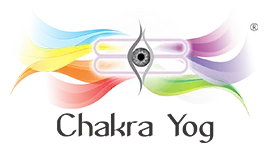Parad

A Shiva Ling made of Siddha Parad (purified Mercury), Parad gutikas and other spiritual products made of the same are commonly used by spiritualists and those believing in occult sciences for certain benefits.
Derived from the Vedas, the ancient science of Vastu Shastra explains the presence of the God of structures and construction, Vastu Purush in every dwelling. Different elements and Chakras of the Vastu Purush are present in different directions of the human dwelling. This deity lies with his head towards the North East direction and feet towards the South west direction. Various deities are mounted on Him, and these deities become the presiding Gods or controllers of the respective directions.
A Shiva Ling made of Siddha Parad (purified Mercury), Parad gutikas and other spiritual products made of the same are commonly used by spiritualists and those believing in occult sciences for certain benefits.
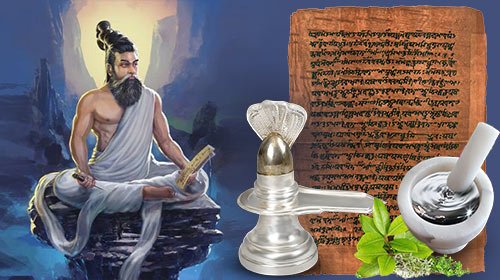
It is given in the various scriptures that Parad is the purest of all metals and Parad Shiva Linga are divine objects of the highest order for prayers and meditation on Shiva.
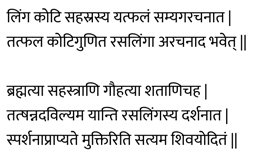
“Worshiping a Parad Shiva Linga is equal to worshiping a thousand Shiva Lingams. Mere taking a sight of a Parad Shiva Ling nullifies the sins of killing a thousand Brahmins and cows. Touching a Parad Shiva Ling certainly rids the worshiper of all the miseries of material nature and awakens their latent spiritual nature. These are the words of Lord Shiva.”

“Anyone who worships Parad Shiva Lingam, acquires four virtues as given in various Vedic scriptures namely Dharma (righteousness), Artha (wealth) Kama (pleasures) and Moksha (spiritual progress)”

“Longevity, good health, prosperity and all desired achievements can be obtained through the worship of Parad Shivaling.”

Parad Shiva Linga are used in temples and homes for worship and meditation. A sanctified and mantra-energized Parad Shiva Ling purifies the place it is installed at. Vedas praise the power of Parad for its divine properties and glorify the Linga of Lord Shiva. Those desiring to achieve higher goals in life and quickly to be done with the past karmas must have a Parad Shiva Ling. It may be astounding to know that all the physical, spiritual, emotional, mental and psychological disorders can be cured with Parad Shiva Linga.
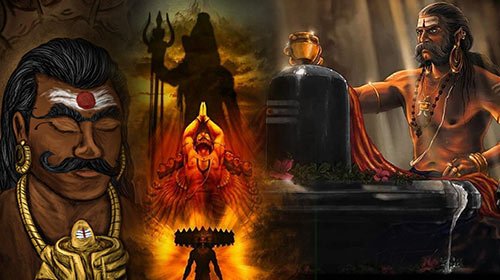
Shiva Purana mentions that the secret to Sadhak Ravana’s rise to fame and closeness to Lord Shiva was Parad Shiva Ling. He was also an expert in this science and was called a Ras Siddh Yogi. He not only acquired astounding powers through this science but also converted his capital Lanka into a city of gold. He in his secret dark chamber used to offer austerities to Shiva through the worship of Parad Shiva Ling. Not only Ravana, even Banasur and other ruling dynasties secretly worshipped Parad Shiva Linga.
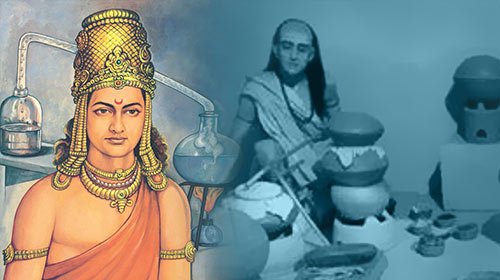
Nagarjuna was the first to use insoluble mercury and Kharpar (antimony) as medicine (agnisah). He discovered five forms of mercury: Red and grey (slake) were good examples, whereas yellow, white, and multicolored (peacock color) required at least 18 treatments (sanskar) before they could be used. Mercury and quicksilver are the subject of a vast amount of post-Nagarjuna literature. The Siddha sect held that parad is Shiva, Mica is Parvati, gandhak is Parvati’s raja, and many fanciful theories were developed. Mercury becomes solid and can be fashioned into a Shiva lingam. They venerated a parad Shiva lingam, named it Raseshwar, and founded the Raseshwarvad religion.
Even in modern times, few Ayurvedic alchemists have made a mercury lingam. Other sects, including Pashupati, Shaiva, Pratbhingya, and Vedics, were drawn to mercury science. Buddhism had sects like Vajrayan (vajra is iron), Lingayan, or Sahajayan, and Mantrayan. They believed that Mantra and Tantra knowledge must be kept secret, but Gorakhnath discussed them, and his chief disciple concluded that this secrecy was merely for show.
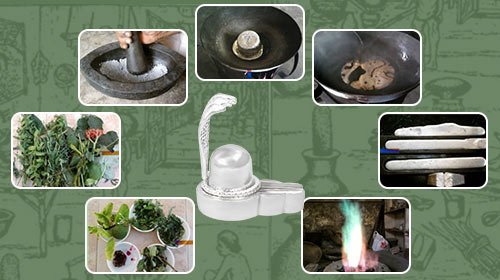
Parad in its natural state is toxic. Therefore, it must be purified via the Vedic rituals known as samskaras, which involve churning Parad with a number of Herbs. Parad is the only metallic element that retains its uniqueness when combined with other elements. Vedic purification procedures such as Swedan, Mardan, Murcchhan, Utthapan, and Patan assist in removing all of its potentially lethal properties. After being purified, Parad becomes a spiritual elixir.
Parad has impurities listed below:
- Naag (lead)
- Vang (Tin)
- Guru (overly heaviness)
- Bhushail (water impurities),
- Bhumij (stone, mud, gravel)
- Girij (minerals)
- Chapal (instability)
- Mala (endogenous, exogenous waste)
- Agni (intolerance to heat)
- Vish (poison)
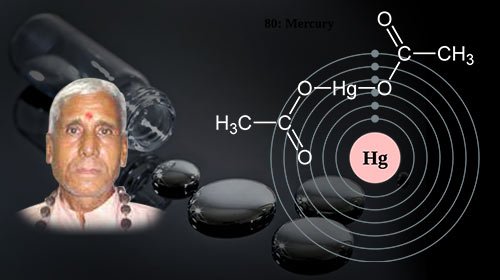
Chakra Yog guarantees the purity of parad through a Certificate of elemental analysis performed by Pt. Dinanathji, indicating that 80% of the ingredients are Parad (Hg or Mercury). According to analyses conducted on Parad product samples obtained from various sources, this is the highest level of Parad found in a solidified Parad composition.


